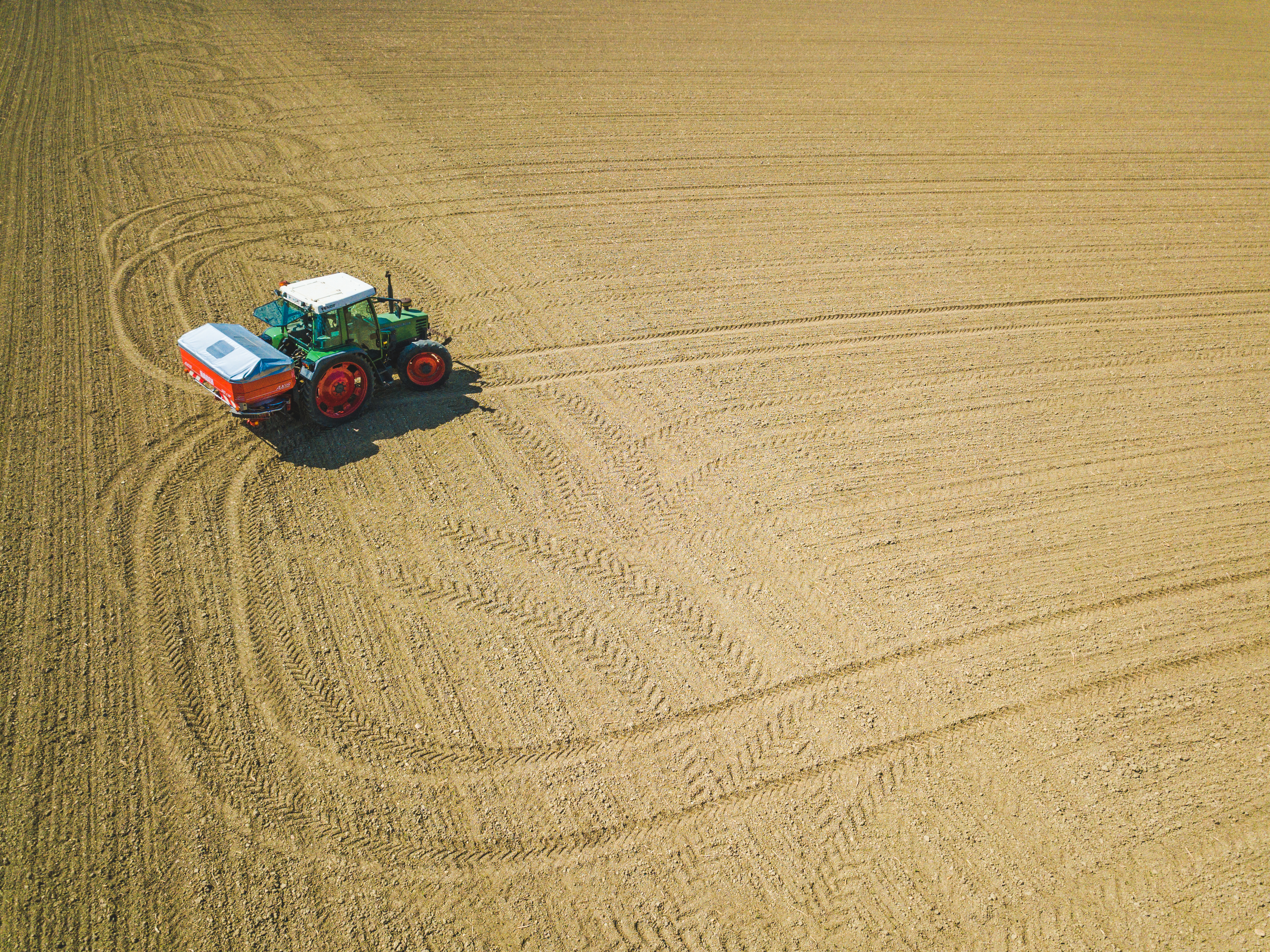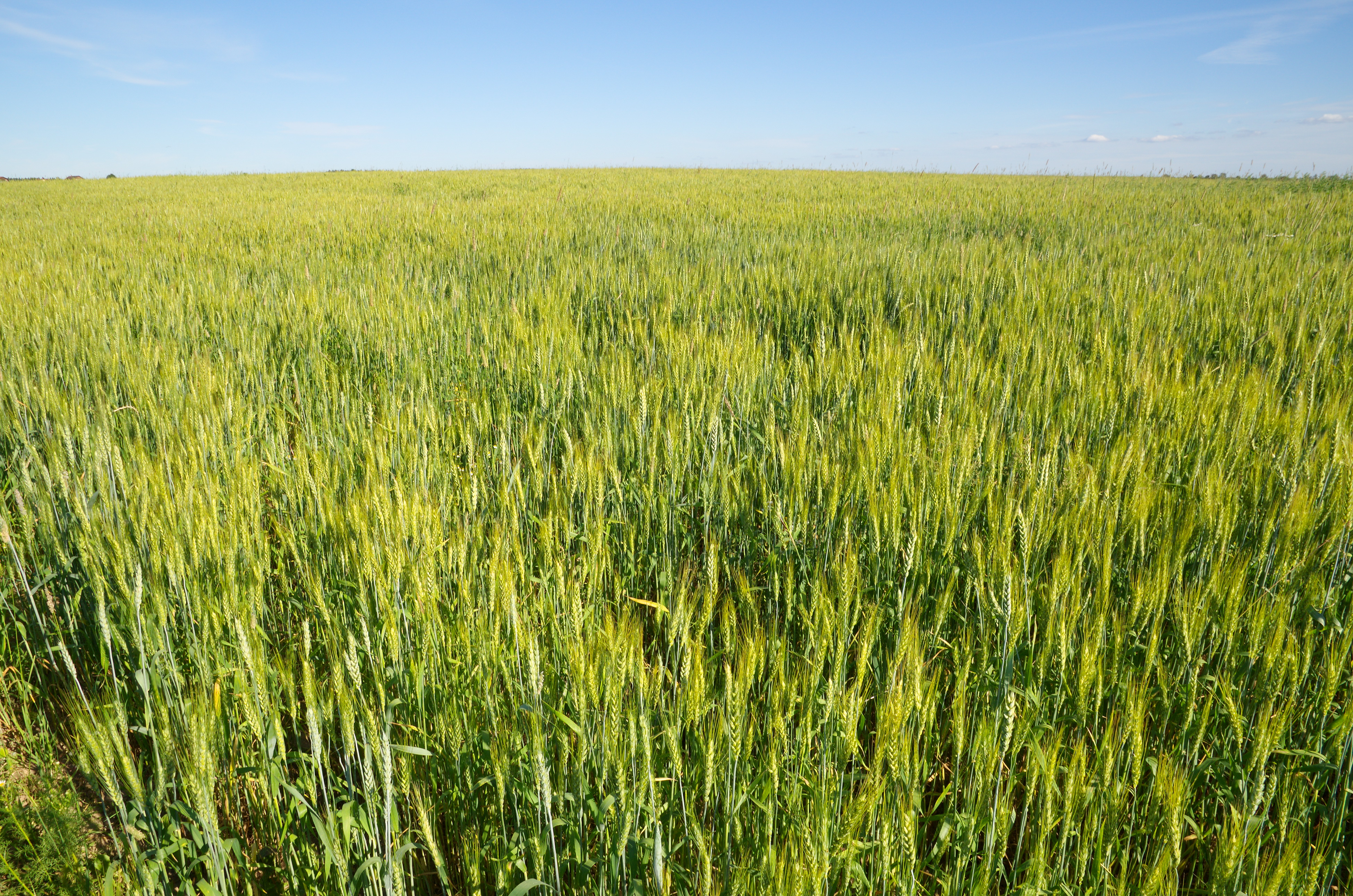
Sandy to heavy soil






NPK+S fertilization for an optimal start to growth in spring.
Nitrate-containing fertilizers are the best suited to efficient fertilization.
Triticale is sensitive to copper, manganese, and zinc.
The demand for soil quality is in between that of rye and wheat.
Triticale is sown between mid-September and mid-October. Because of its vulnerability to diseases and fusarium, it is best planted after foliage plants. Triticale is also often cultivated after wheat. In order to reduce the risk of fusarium head blight, activities that accelerate the decomposition of crop residues (soil cultivation) are beneficial.
(Unit/t of production)
(Unit/t of production)
N
22
17
Sensitive
P₂O₅
11
8
Sensitive
K₂O
21
6
Very Sensitive
MgO
4
2
Sensitive
SO₃
9
5
Sensitive
TE
Pay attention to coper, manganese and zinc deficiency
Autumn fertilization

First nitrogen fertilization in spring

Second N-fertilisation

Third N-fertilisation

Usually the nitrogen that remains in the soil (Nmin) is sufficient in autumn. Nitrogen fertilization is only recommended if the preceding crop was very demanding in nitrogen and/or if large quantities of nitrogen-poor crop residues remain in the field. A dose of 30kg N/ha enhances the decomposition of the crop residues and avoids nitrogen immobilization. This fertilization is ideally done with COMPLEX NPK fertilizers.
The nitrogen requirement depends on the yield expectation, variety and the development of the stock. Approximately 40% of the nitrogen is needed when vegetation starts. A maximum of 70kg N/ha is applied early in spring. This is also the appropriate time for P, K and S fertilization if not done in autumn. Therefore the use of a COMPLEX (NPK+S) fertilizer is recommended (50kg SO3 /ha). The first nitrogen fertilization increases tillering and helps to achieve a high number of grains.
The second fertilization at stem elongation applies 35 to 40% of the total N requirement. Commonly 60kg N/ha are appropriate and serves to stabilise the number of tillers and establishment of grains.
The dose applied shortly before, or at ear emergence (20 to 25% of the total N-requirement) is only provided at high yield expectation and enhances grain filling.
LAT Nitrogen Austria GmbH
St.-Peter-Strasse 25
4021 Linz, Austria






